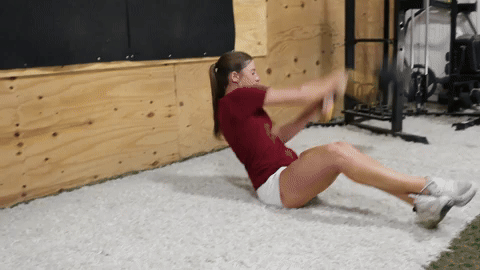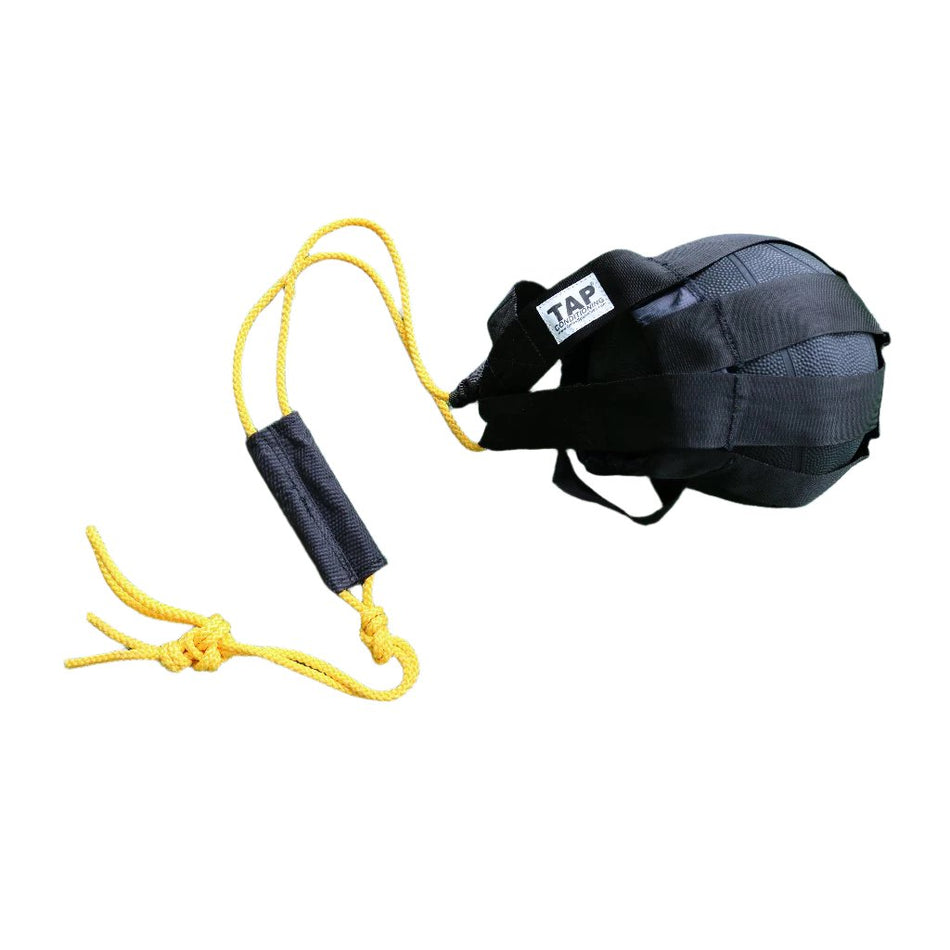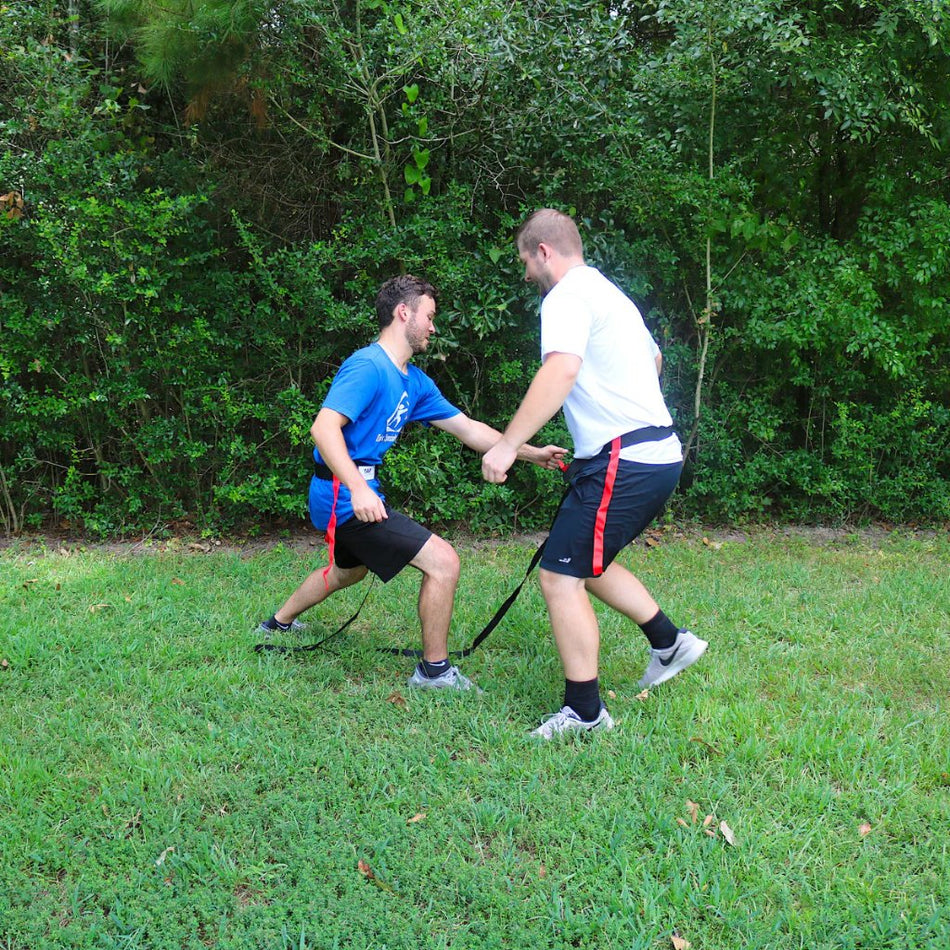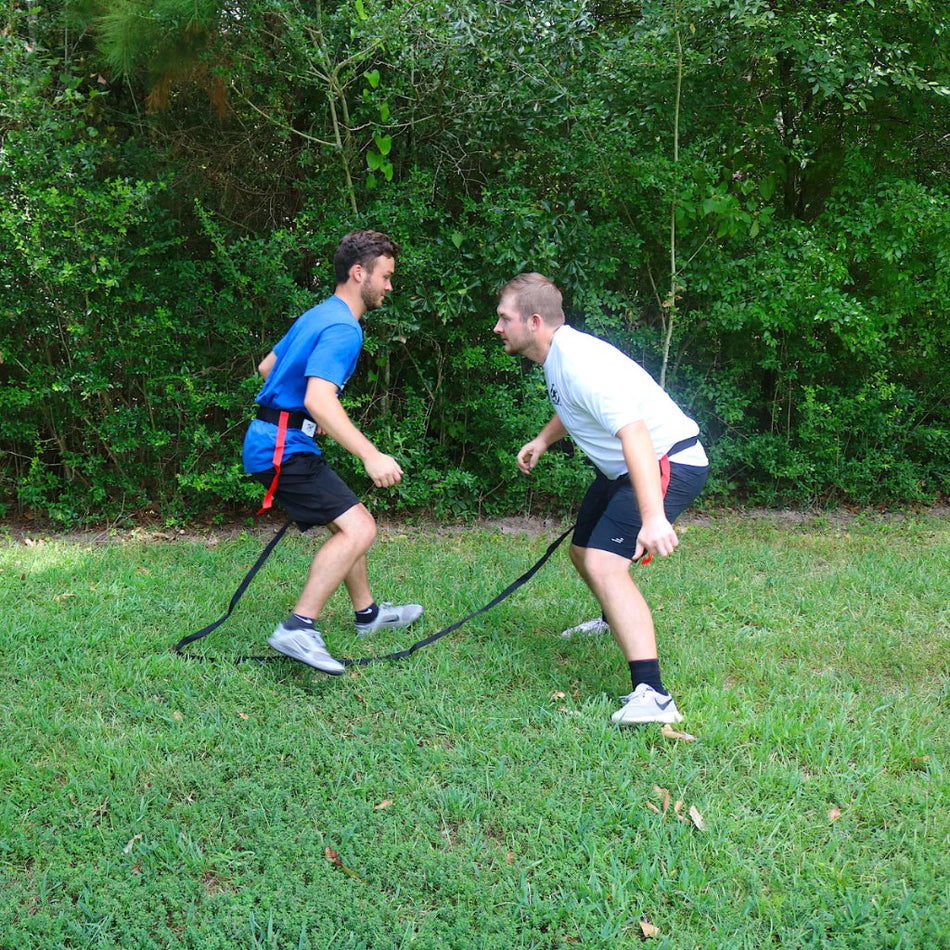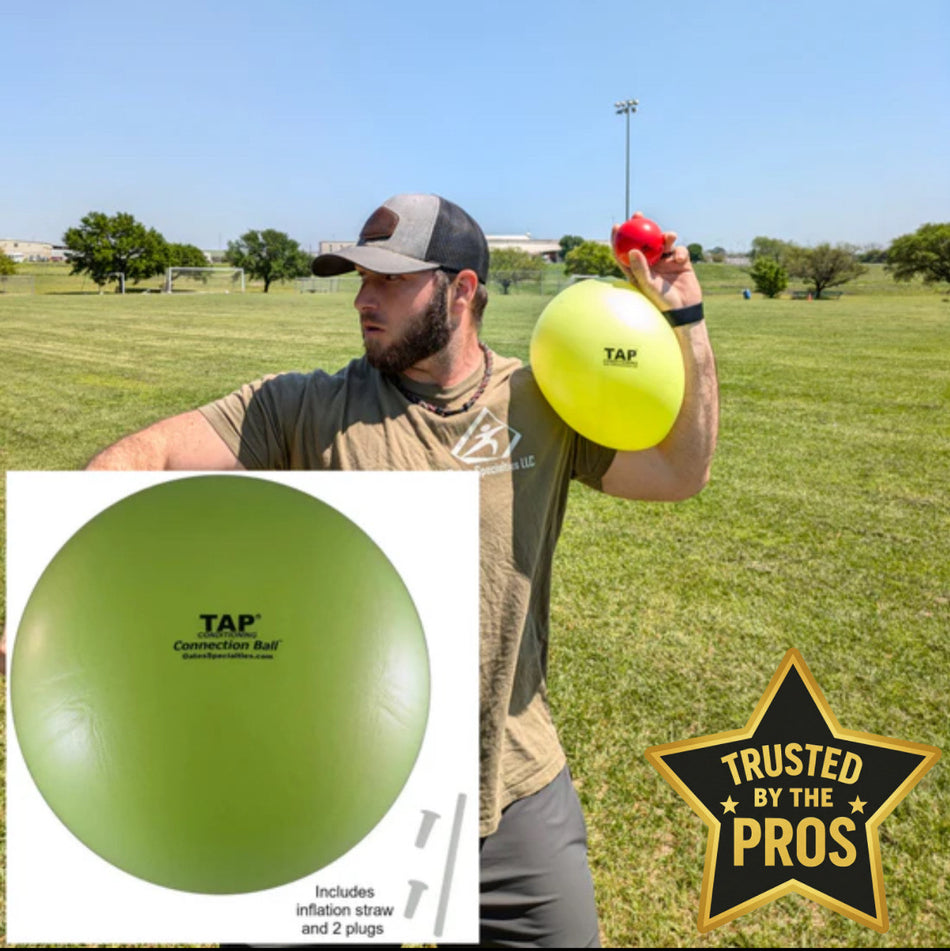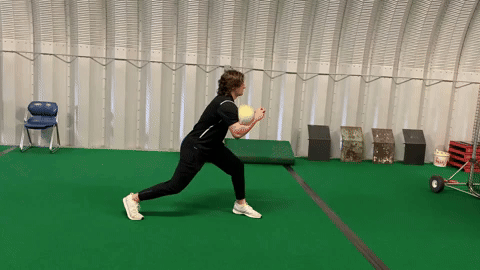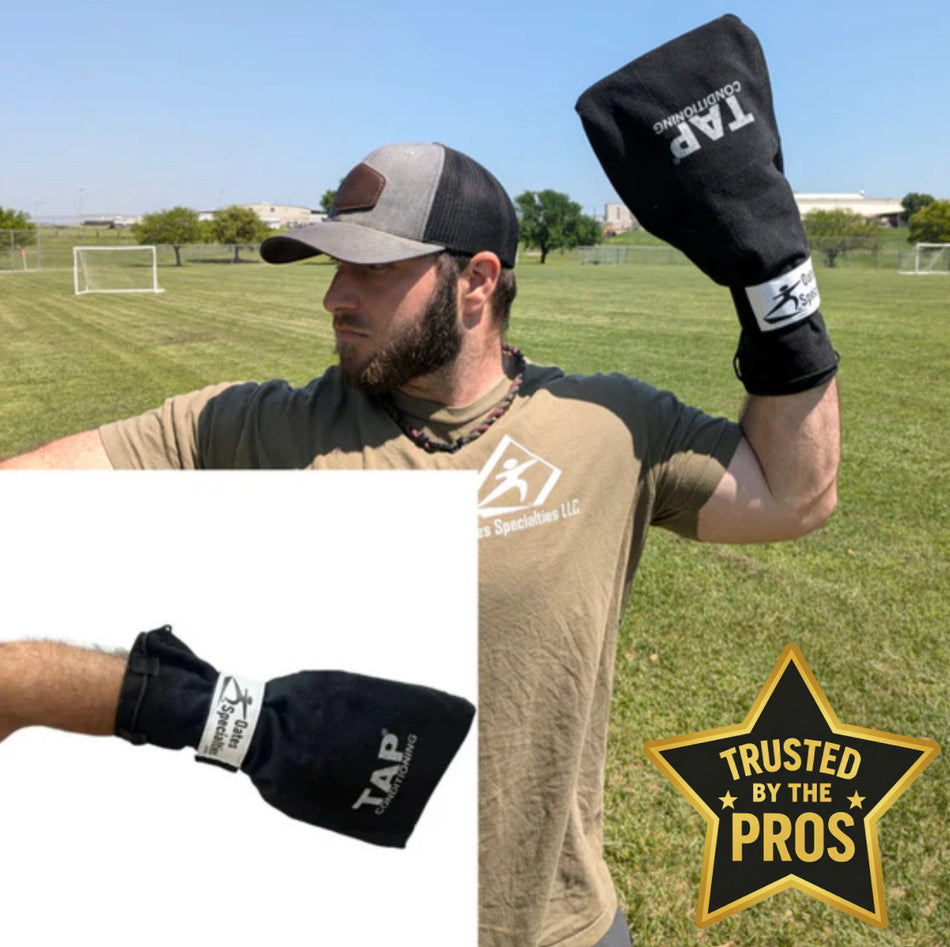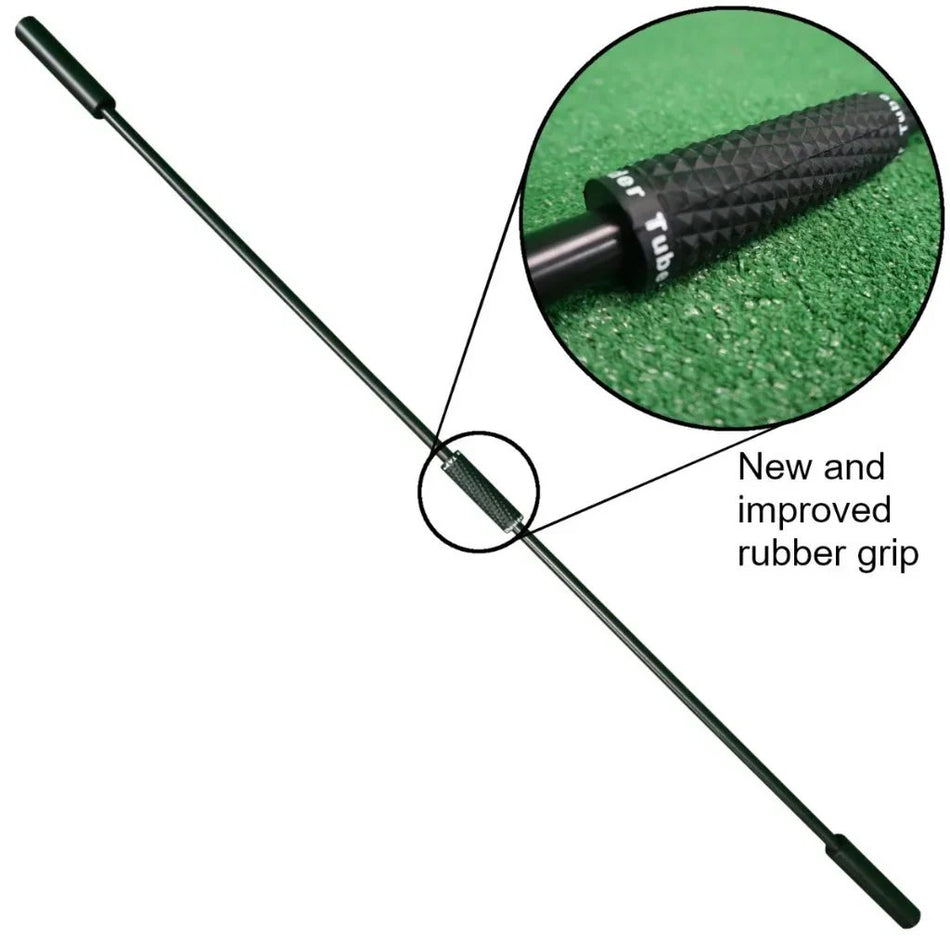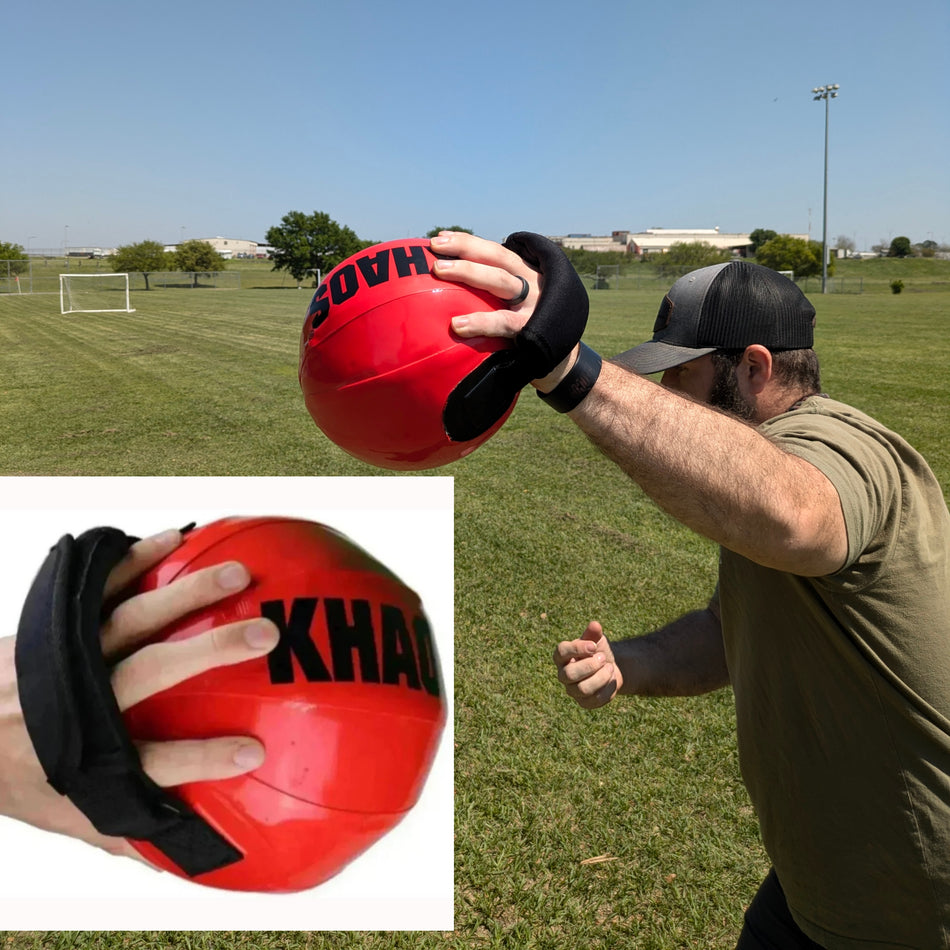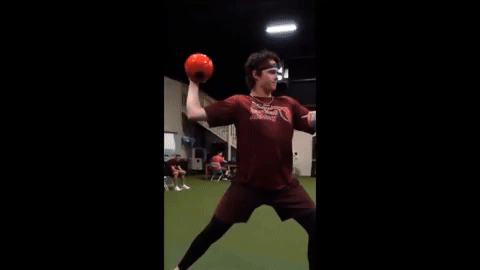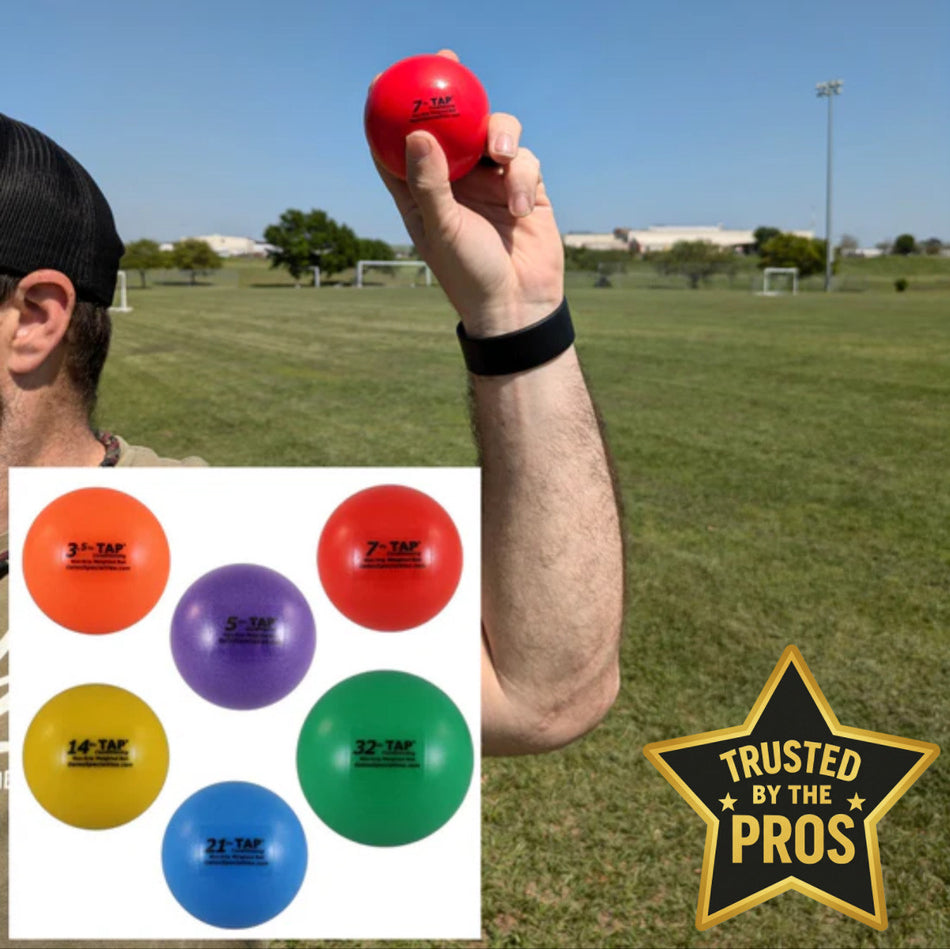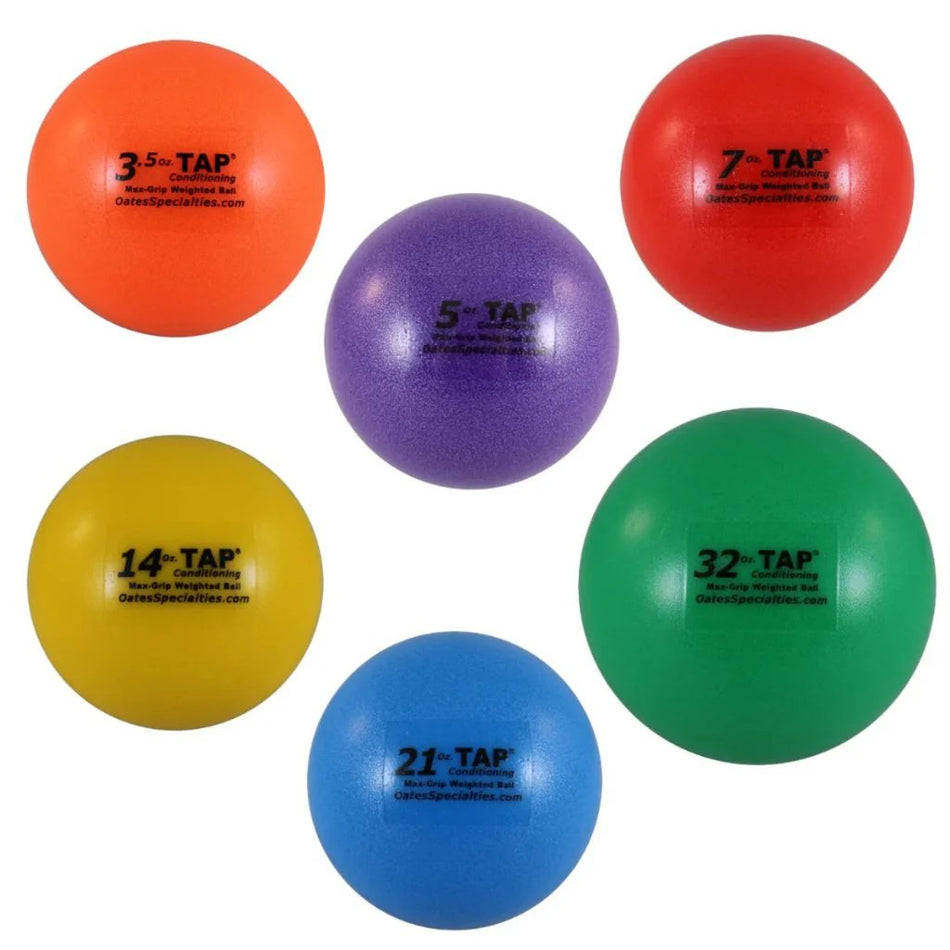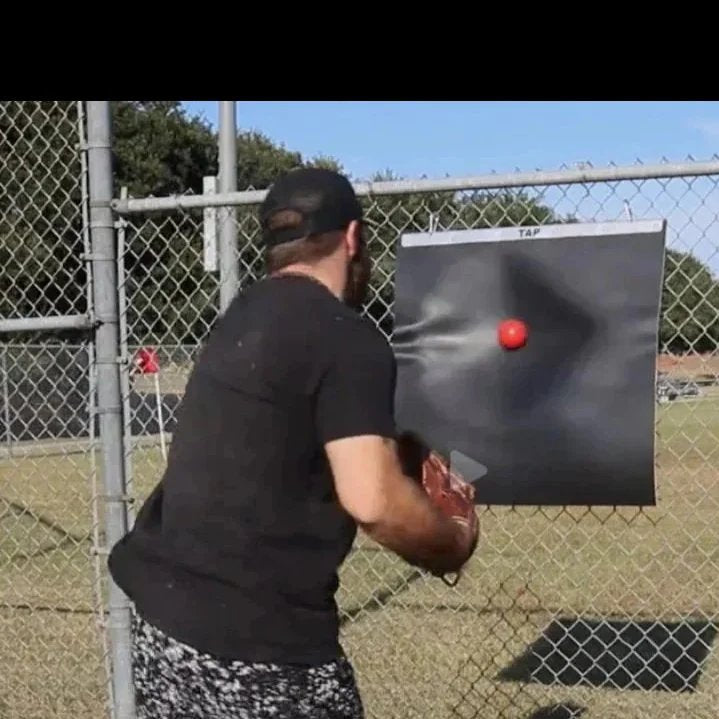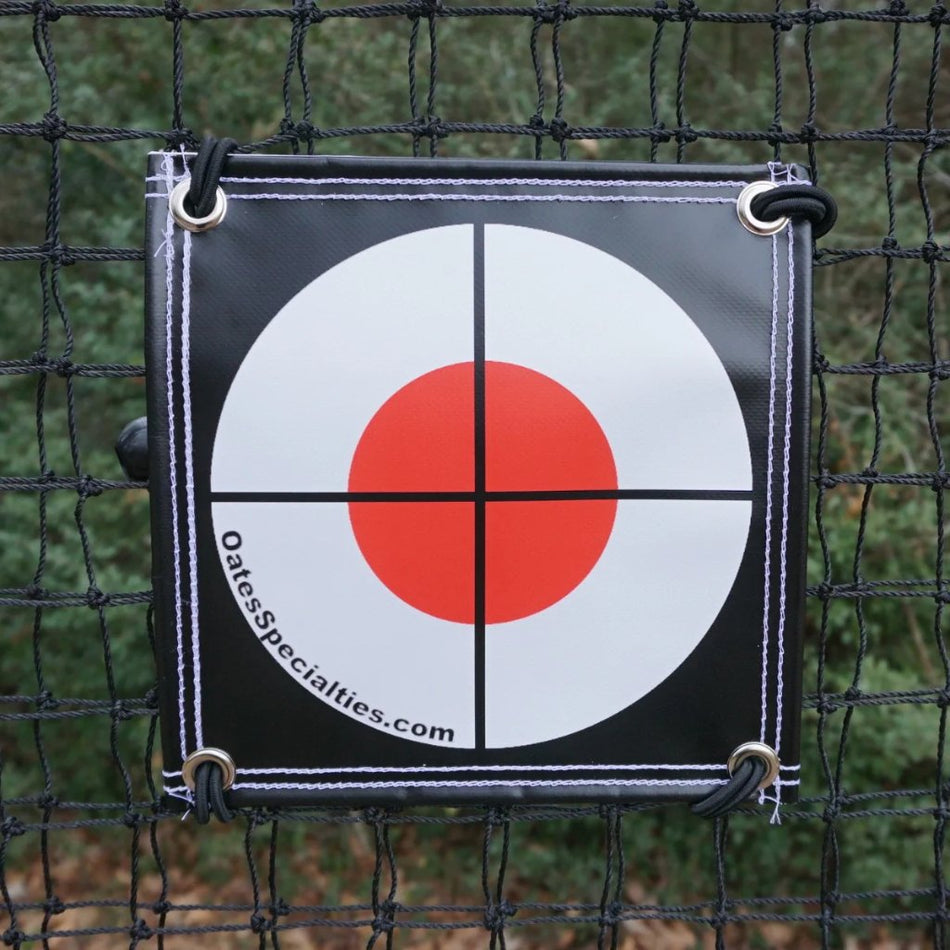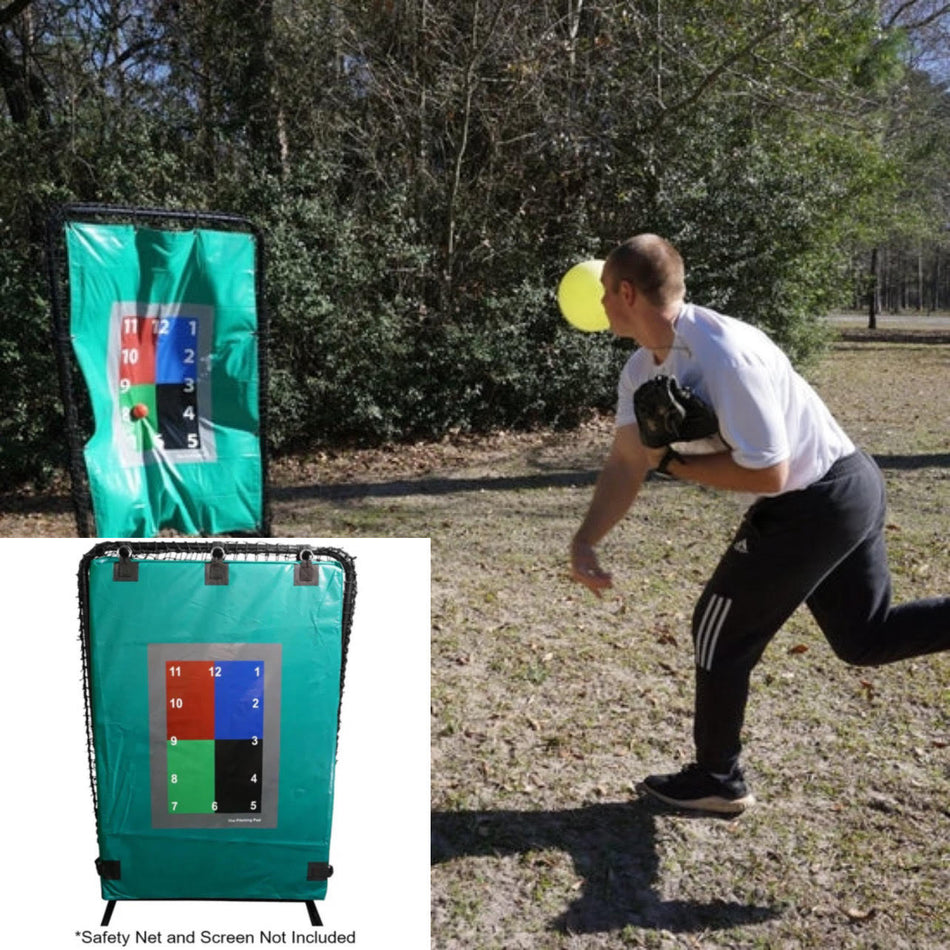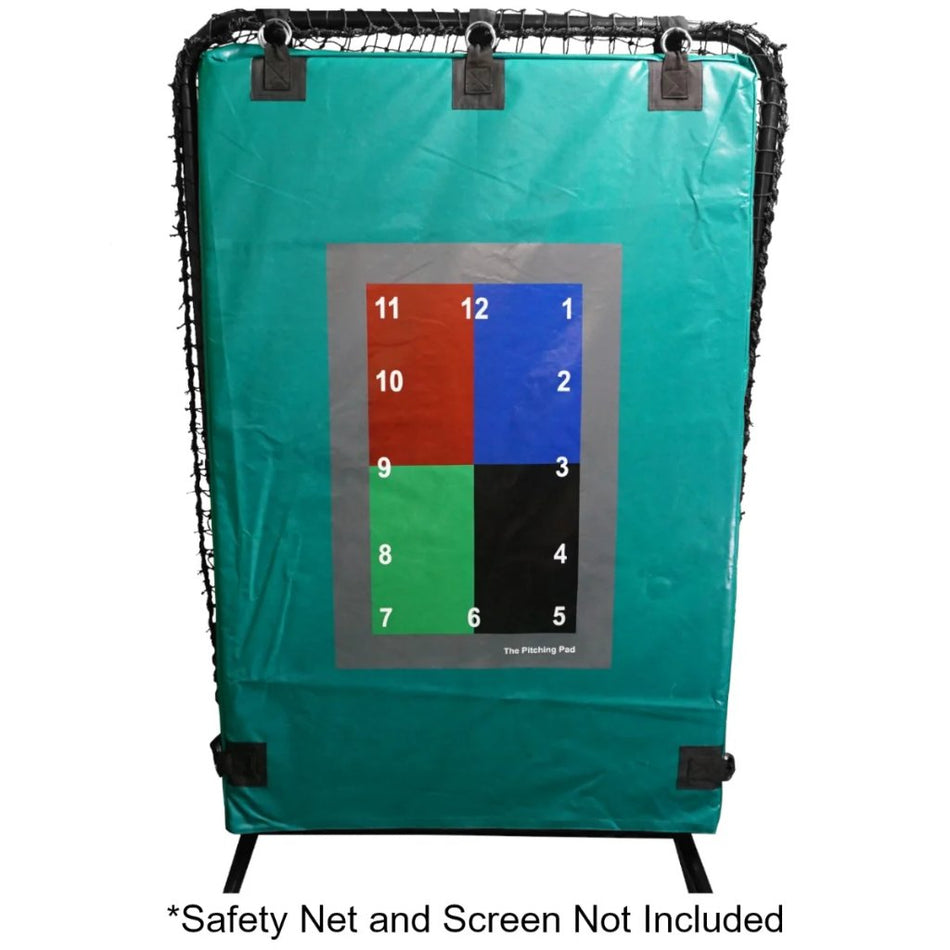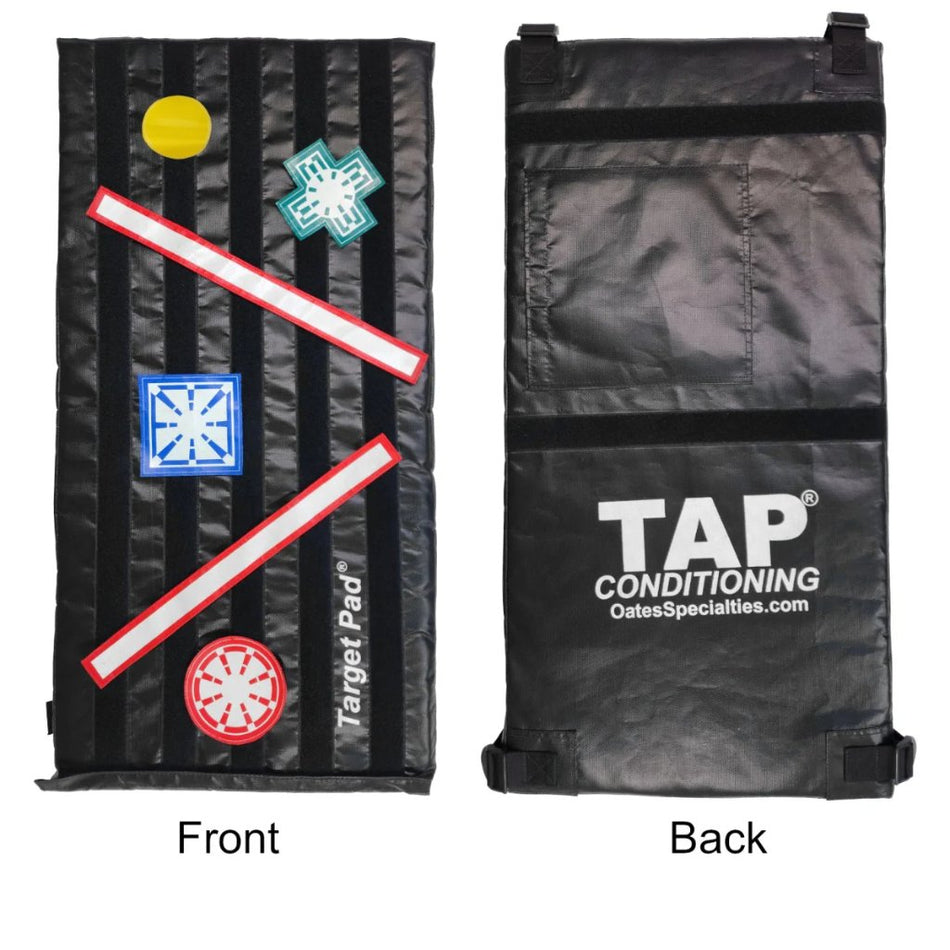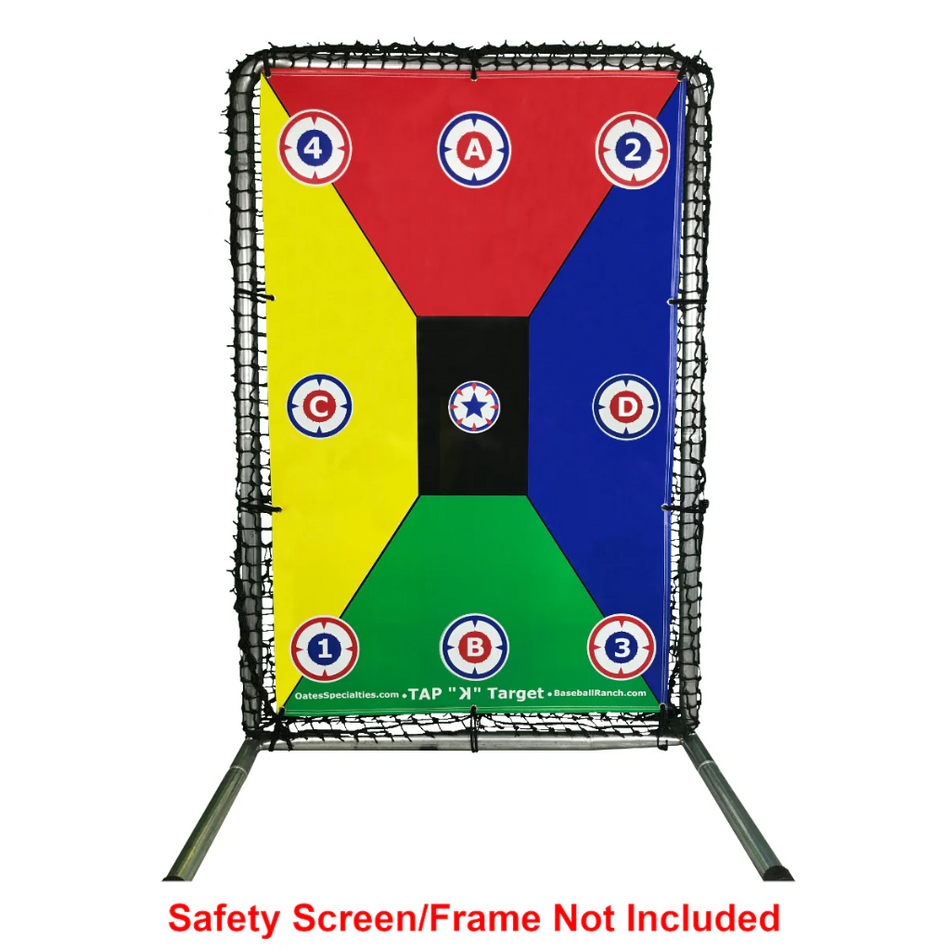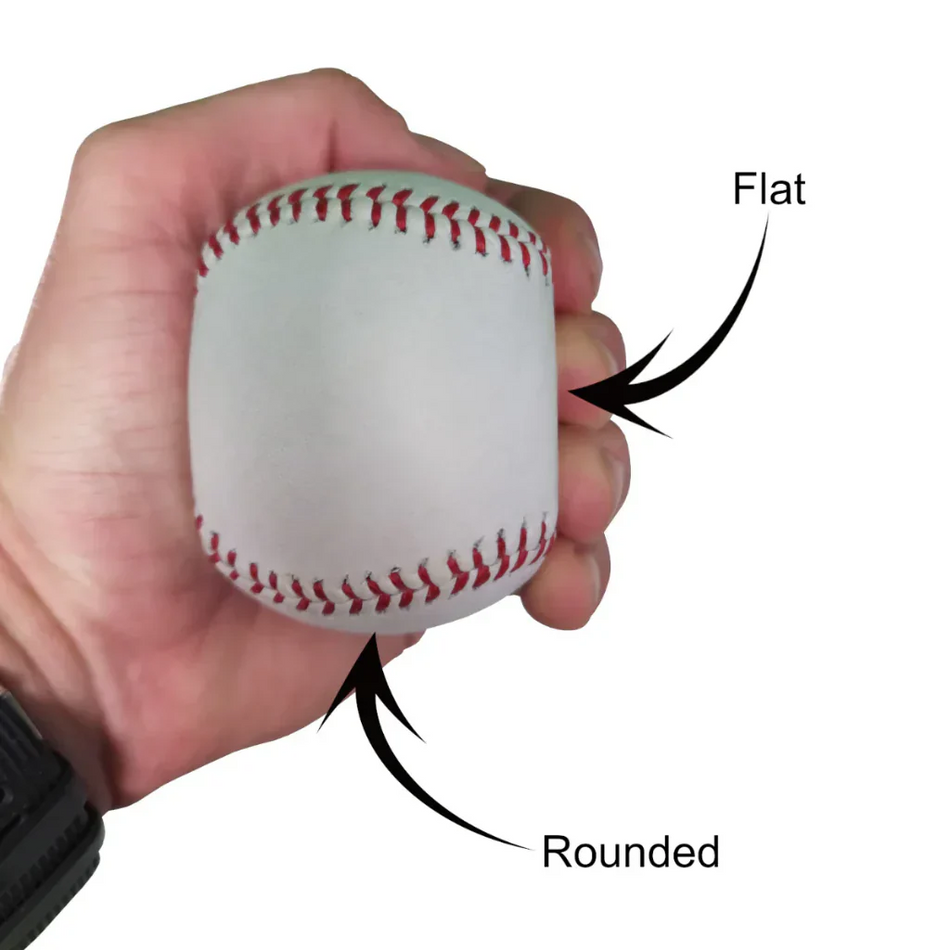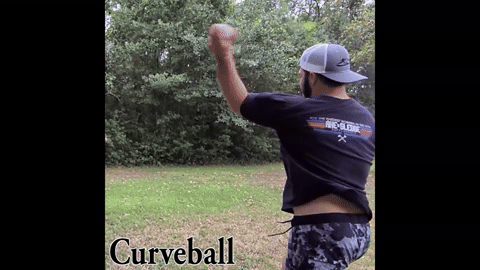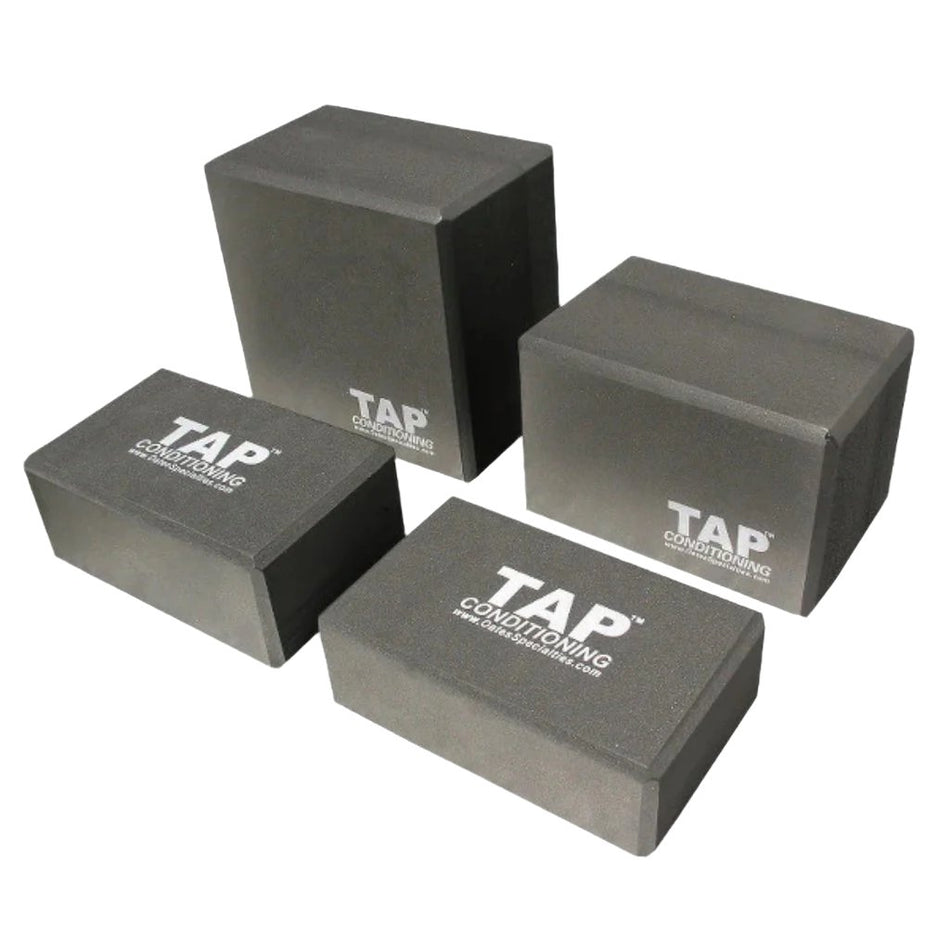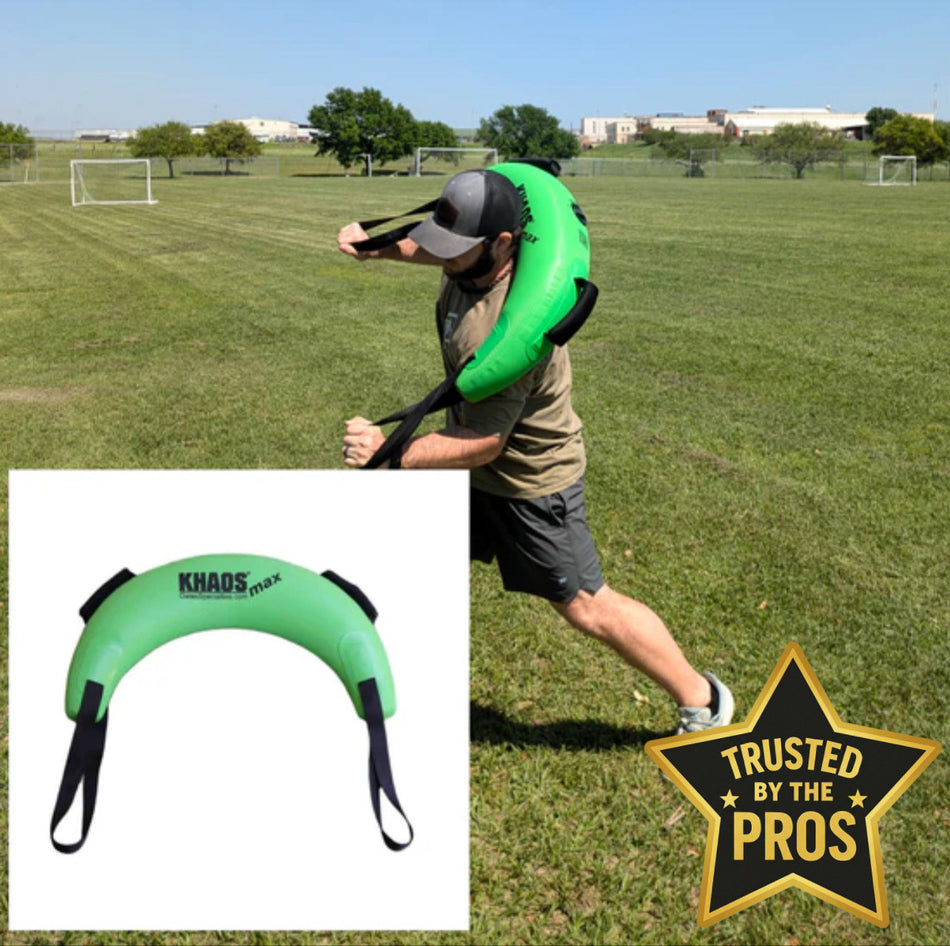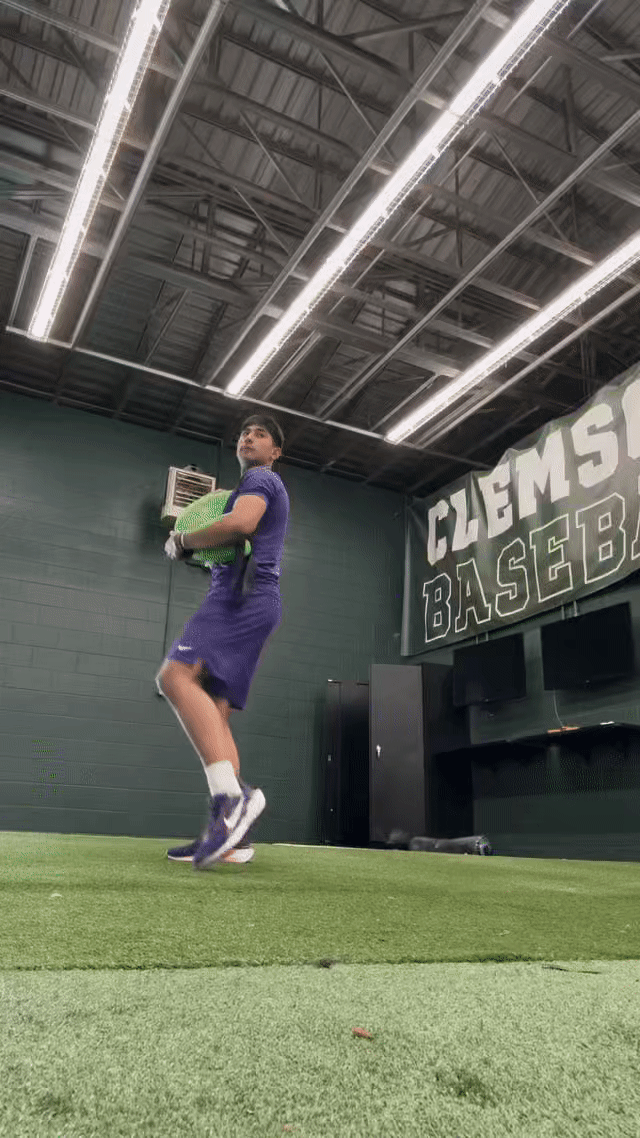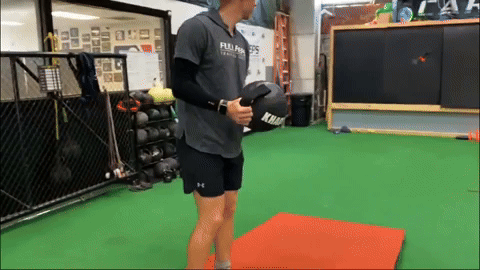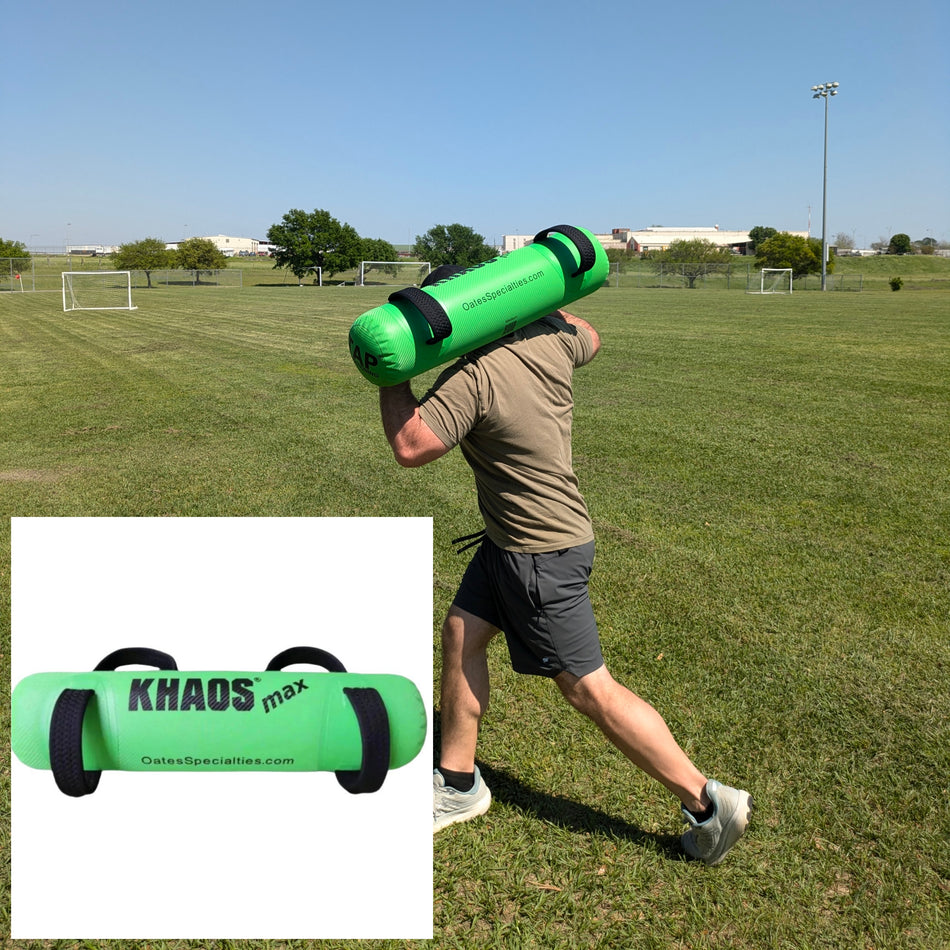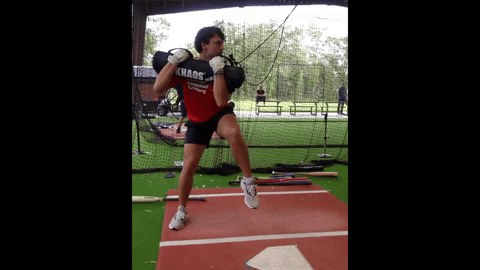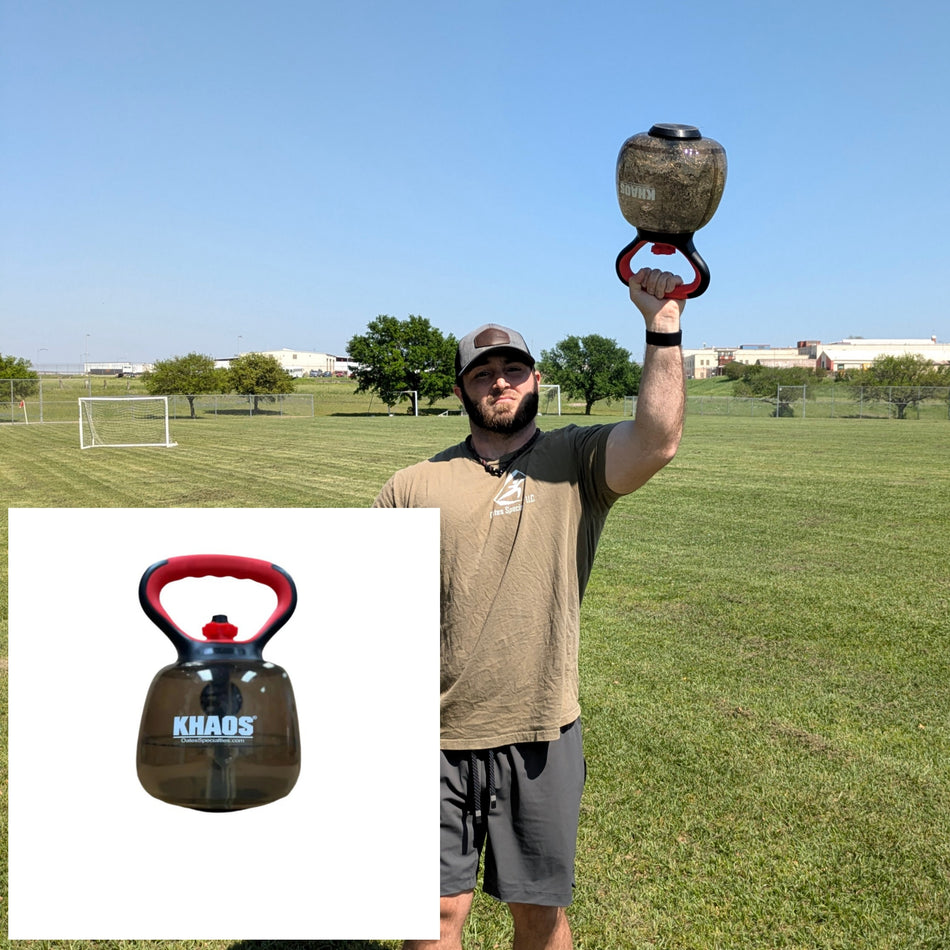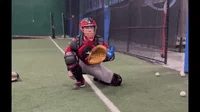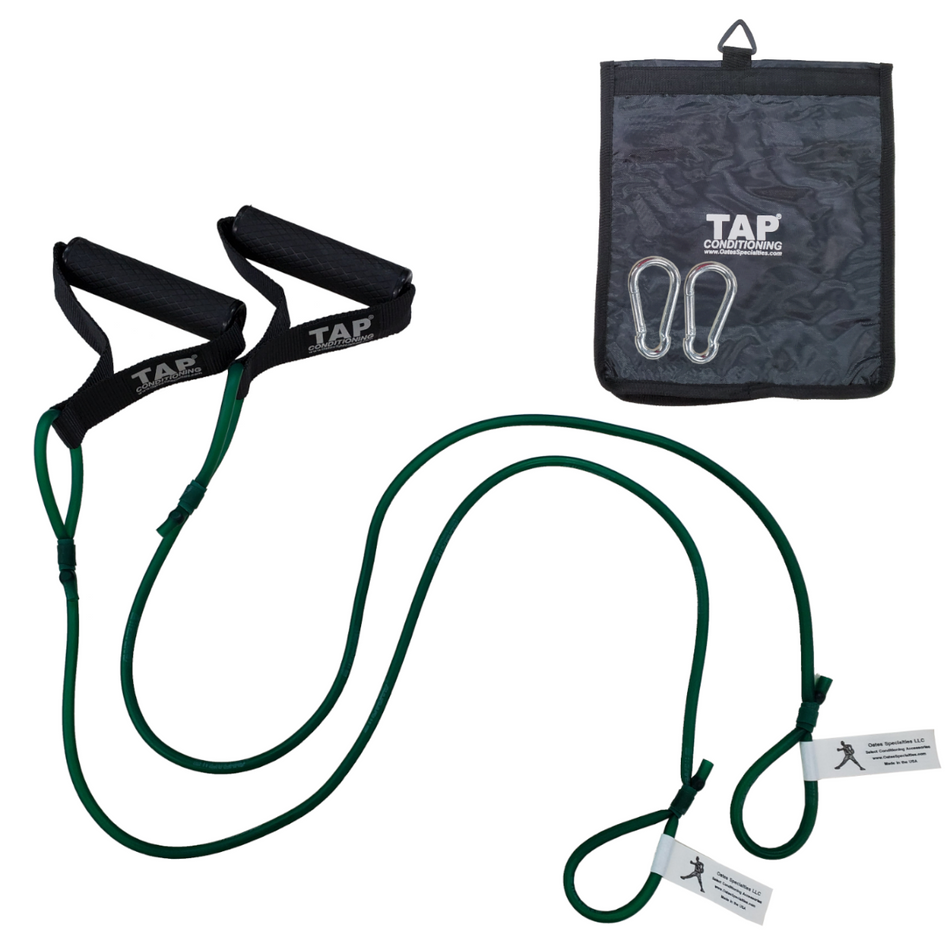Welcome to our Water Training for Athletes series. I'm excited to share what we've learned from working with thousands of athletes who've bridged the gap between gym performance and competitive success.
The Story Every Coach Recognizes
Last month, I watched a Division I shortstop crush 400-pound squats in the weight room, then botch routine double plays. His strength was undeniable—his adaptability wasn't.
This scene plays out everywhere: the tennis player whose serve speed drops 15 mph in windy conditions, despite months of shoulder strengthening. The volleyball setter whose precision vanishes during chaotic rallies.
What do these scenarios have in common? They all involve chaos—changing field conditions, unpredictable ball movement, and athletes adapting through fatigue and pressure.
These athletes aren't lacking talent or dedication. They're missing the bridge between controlled gym training and the unpredictable demands of competition. Here's how training can bridge this gap—not by replacing traditional strength work, but by adding what strength training alone cannot provide.
Coach's Corner: The Wisdom of Variability
"Create a dynamic environment. Introduce variability into your training. Instead of always practicing under the same conditions, change things up... This dynamic environment encourages your body to adapt and self-organize based on the current situation."
"It is not repetitions that build skill, but repetitions with variations that build adaptable skill."
Both experts point to the same missing piece: traditional training's obsession with perfect repetition under controlled conditions doesn't prepare athletes for the chaos of competition.
The Hidden Training Gap
Here's what separates great training sessions from great game performance: sports happen under constantly changing conditions. Wind affects your tennis serve. Fatigue changes your baseball swing plane. Court position alters your volleyball approach.
Yet most training occurs in controlled environments with predictable resistance. This fundamental mismatch explains why impressive weight room numbers or simple repetitive drill work don't automatically translate to clutch performance.
The solution isn't more perfect repetitions—it's training that mirrors competition's unpredictability.
Water Training: Where Science Meets Real Performance
Water-filled training tools change everything. As water shifts inside implements during each movement, it creates what exercise scientists call "dynamic perturbations"—constantly changing forces that mirror competitive conditions.
Think about your last great athletic moment. Were conditions perfect? Of course not. You adapted mid-movement, made split-second adjustments, and succeeded despite—or because of—the chaos.
That's exactly what water training teaches your nervous system to do.
Five Game-Changing Benefits You Can't Get From Traditional Training
1. Clutch Performance Under Pressure
Water training develops your ability to maintain technique when everything around you is changing. This separates athletes who rise to big moments from those who crumble.
Your proprioceptive system—your body's internal GPS—constantly monitors position and movement. When this system is highly trained, you can make precise adjustments without conscious thought, even when visual cues disappear or crowd noise overwhelms your concentration.
Evidence indicates that this type of training enhances an athlete's ability to sense joint position and maintain control during dynamic movements. Unlike predictable weight training, water implements challenge your proprioceptive system with every single repetition.
2. Multi-Directional Power That Actually Transfers
Athletic movements don't happen in single planes. Baseball swings involve complex rotation, tennis serves require multi-directional force generation, volleyball spikes demand coordinated movement through multiple planes simultaneously.
Water resistance integrates all movement directions at once, building the complex strength patterns athletes actually use. The NSCA emphasizes that athletic movements require coordinated muscle activation across multiple planes—exactly what water training delivers.
Real-World Applications:
- Baseball: Rotational power during hitting with unpredictable resistance timing
- Volleyball: Approach stability training that adapts to different set locations
- Tennis: Serve coordination that maintains form regardless of court conditions
3. Nervous System Adaptability
Elite athletes adjust instantly to changing game conditions. This isn't just physical—it's neurological adaptability that can be trained.
Motor learning investigations show that variable practice conditions enhance skill transfer to new situations. Water training naturally provides this variability because liquid resistance changes with every movement, forcing your nervous system to develop rapid-response capabilities.
4. Injury-Resistant Movement Patterns
When primary muscles fatigue during long competitions, secondary muscles must instantly compensate. This backup system often determines the difference between peak performance and injury.
Every season, talented athletes get sidelined by overuse injuries that developed through repetitive training patterns. The pitcher with elbow pain from near identical deliveries, the tennis player with shoulder impingement from thousands of closely identical serves.
The American College of Sports Medicine notes that movement variability helps distribute loading across different muscle groups and movement patterns. Water training introduces this protective variability naturally while maintaining sport-specific skills.
5. Skill Transfer That Actually Works
Water training's unpredictable nature closely mirrors competitive conditions where you must generate power while adapting to changing circumstances.
Leading movement scientists advocate for training methods that include environmental variability to enhance skill transfer. The key insight: stable surfaces with unstable loads create optimal learning conditions while maintaining sport-relevant mechanics.
This addresses the fundamental question: Why doesn't gym strength always transfer to game performance? You're training predictable movements for unpredictable sports.
"But How Do You Actually Train This Way?"
At this point, you might be thinking: "This makes sense conceptually, but how do I actually implement chaos-based training without it becoming... well, actual chaos?"
This is the question we get from every coach who first encounters these principles. The challenge isn't understanding why variability matters - it's creating controlled variability that still builds specific athletic skills.
Here's where most programs go wrong: they either stick with predictable training (missing the transfer benefits) or create random chaos (losing skill specificity). The key is structured unpredictability - controlled environments that introduce just enough variability to trigger adaptation without losing movement quality.
This is exactly why water-based training tools have become essential for serious programs. They solve the implementation puzzle by automatically creating the variable resistance conditions that research validates, while keeping movements sport-specific.
Think about it: you can't program a barbell to change resistance mid-rep based on your movement patterns. You can't ask dumbbells to shift their weight distribution as you fatigue. But water naturally does both.
The Implementation Reality Check
After working with thousands of athletes, we've learned that the difference between programs that succeed and those that fail isn't understanding the science - it's having the right tools to apply it systematically.
From Foundation to Championship Level: A Systematic Approach
Weeks 1-2: Building Your Foundation
Weeks 3-6: Integration and Development
Weeks 7+: Competition Preparation
Equipment That Matches the Science
The most effective water training tools share specific characteristics that align with established training principles:
Equipment Categories for Different Training Goals
Rotational Power (Baseball, Tennis, Golf):
- Crescent-shaped implements optimize rotational patterns with progressive loading up to 20 pounds
- Primary applications include swing mechanics enhancement and rotational power development
Overhead Athletes (Baseball, Volleyball, Tennis):
- Shoulder-specific implements designed for rotator cuff strengthening and movement variability
- Capacity ranges from a few ounces to 20 pounds with adjustable loading for progressive development
Core Integration (All Sports):
- Spherical tools provide 360-degree instability challenges while cylinder tubes provide more exaggerated lateral challenges
- Available in multiple sizes for different training goals and comprehensive core development
Click HERE for a comprehensive equipment selection guide based on YOUR needs.
Safety and Professional Implementation
Water training should complement comprehensive athletic development while prioritizing safety and appropriate progression. The American College of Sports Medicine emphasizes proper progression and professional oversight when implementing new training methods.
Essential Safety Protocols:
- Medical clearance before beginning, especially with injury history
- Progressive loading starting with minimal resistance (10-15% capacity)
- Movement quality focus over resistance levels
- Adequate recovery management between sessions
- Professional guidance from qualified strength coaches familiar with instability training
Addressing Common Questions
While we understand the skepticism, water training has had tremendous impact in athletes around the world providing better performance outcomes. Every claim is backed by peer-reviewed science, independent testing, and decades of movement science research.
Traditional strength has substantial value—but lacks the adaptability, variable challenge, and sport-specific transfer water tools provide. Water training for athletes should be done in addition to traditional strength.
Absolutely. Water training can be scaled for any age, fitness level, or rehabilitative need, fostering safe and lasting habits.
What's Coming in Our Series
This foundation sets the stage for deeper explorations of specific applications. Next week, we'll dive into multi-directional training for rotational athletes—why single-plane strength development isn't enough for baseball, tennis, and volleyball players who need power that transfers across all movement planes.
Following that, we'll explore proprioceptive training and how your body's internal GPS system can be the difference between clutch performance and choking under pressure.
The Integration Philosophy
Water training doesn't replace proven methods—it enhances them. The most successful programs integrate water training with traditional strength development, creating comprehensive preparation that addresses both foundational strength and sport-specific performance demands.
The question isn't whether these training principles work—decades of movement science validate their effectiveness. The question is whether you're ready to apply them systematically to bridge the gap between gym performance and competitive excellence.
What's your experience with the gym-to-game transfer challenge? Have you noticed differences in how your training strength shows up during competition? Share your story in the comments—your insights often help other athletes recognize similar patterns in their own performance.
Questions about water training applications for your specific sport? Drop them below. We read every comment and often feature reader questions in upcoming articles.
New to the series? Each week, we're exploring different aspects of water training for athletes. Bookmark this page or follow along to catch each installment as we build from foundational concepts to advanced applications.
Next Week: "Multi-Directional Training for Rotational Athletes: Why Single-Plane Strength Isn't Enough" - We'll explore how baseball, tennis, and volleyball players can develop power that actually transfers to complex rotational movements.
Continue Your Journey:
- Explore the complete Water Training for Athletes series
- Download HERE the Equipment Selection Guide
- Connect with certified trainers in your area who specialize in instability training
Water Training for Athletes: Why We Believe and Support it
A Science Backed Opinion Paper
Executive Summary
Water training, using dynamic liquid resistance tools, bridges the gap between predictable gym strength and the chaotic, reactive demands of competitive sports. Unlike static weights, water implements create "dynamic perturbations"—active, shifting resistance that forces the neuromuscular system to adapt, stabilize, and produce power in conditions similar to real play. This paper outlines the scientific rationale, product validation, and customer-focused outcomes supporting water-based training, with comprehensive, annotated references provided for full transparency and further independent exploration.
Why We Believe in Water Training
The Challenge: Strength That Transfers
Most athletes excel in the gym but struggle to translate raw strength into explosive, adaptable, and injury-resistant performance on the field or court. Classic training builds muscle power under highly controlled, linear conditions—but real sports require rapid responses to ever-changing, unpredictable environments.
The Science Behind Water-Based Tools
Dynamic Resistance:
Water inside a training tool shifts unpredictably, forcing continuous small corrections from core and stabilizing muscles with each repetition (Anderson & Behm, 2005). This "chaos" mimics practical sports demands better than fixed-weight lifts, with research showing significantly increased muscle activation compared to stable conditions (Anderson & Behm, 2005).
Neuromuscular Adaptation:
Research shows that the nervous system develops differently under unstable, variable resistance training (Anderson & Behm, 2005). These adaptations include heightened proprioception, improved balance, and more robust "backup" muscle activation patterns for injury prevention (Aman et al., 2015).
Movement Science Foundation:
According to Dynamic Systems Theory, athletic skills arise as the body learns to coordinate among task, anatomical, and environmental constraints—precisely what water implements introduce in every set and movement (Davids et al., 2008).
Real-World Validation:
Thought leaders such as Randy Sullivan (Florida Baseball ARMory) (Sullivan, 2024) and Frans Bosch (Bosch & Klomp, 2005) stress the importance of movement variability, adaptability, and unstable loads for maximizing athletic "transfer" and injury resistance.
How Water Training Benefits Customers
1. Enhanced Stability and Clutch Performance
Water resistance training develops athletes' ability to maintain control and form under pressure, helping to prevent "falling apart" when it matters most—proven in research on proprioception and stability (Aman et al., 2015).
2. Explosive, Multi-Directional Power
Because water implements respond to force from any direction, they develop strength and coordination across all movement planes—not just the simple up/down or forward/back of traditional weights. Research demonstrates that unstable training enhances core muscle activation, which coordinates movement across all planes (Anderson & Behm, 2005).
3. Nervous System Adaptability
Elite athletes must react and adapt instantly. Water-based tools train the brain and body to handle variable, unpredictable game challenges—leading to better, faster responses. This approach aligns with research on differential learning and variable practice methods (Schöllhorn et al., 2008).
4. Injury Prevention and Longevity
Shifting loads activate more "backup" muscles (compensatory activation), spread tissue stresses, and promote safer, more adaptable movement—shown in research to lower risk of overuse and repetitive strain injuries (Glass & Albert, 2018).
5. Inclusive and Scalable Fitness
From youth and seniors to elite competitors, water tools are self-limiting: as fatigue sets in, the shifting water works with, not against, the user. This means water training can be as gentle as needed for rehab or as challenging as required for high performance.
6. Product Quality and Value
Products designed with advanced materials (such as DuraFlex™) outperform cheaper competitors, maximizing durability and lowering per-session cost, which is fully substantiated by independent testing and warranty data.
How Customers Benefit: Real-World Scenarios
- A youth baseball pitcher learns to stabilize their delivery with a Water Ball, allowing for more force to be transferred up the chain to the arm supporting higher velocity.
- A tennis player refines serving stability and racquet control with Waterboy drills, seeing improved consistency and increased power output.
- A fitness enthusiast in a small apartment uses a Waterbell for home and travel-friendly conditioning, progressing safely at their own pace.
- A coach or PT can show athletes direct research and annotated proof, building trust and buy-in for new training modalities.
Implementation: Access for All Levels
Quick Start Recommendations:
- Beginners: 15–25% water load, 2–3 sessions per week, focus on basic movement and control.
- Athletes and teams: Build into warm-ups, recovery, targeted strength/power work, and movement prep (drill work mixed into the actual activity).
- Injury risk mitigation: Use very light loads (10–20% capacity), emphasize movement quality over intensity.
- All protocols are supported by practical FAQs and stepwise progression guides throughout your site.
Final Thoughts: Our Position as a Brand
Water product training is more than a novel approach—it's the next evolution in functional athletic performance, safety, and inclusive exercise. This approach is built on modern movement science, robust product testing, and a deep commitment to customer success and education. By offering this transparent, fully referenced overview, we invite coaches, athletes, parents, and professionals to explore, challenge, and benefit from water resistance training with confidence.





